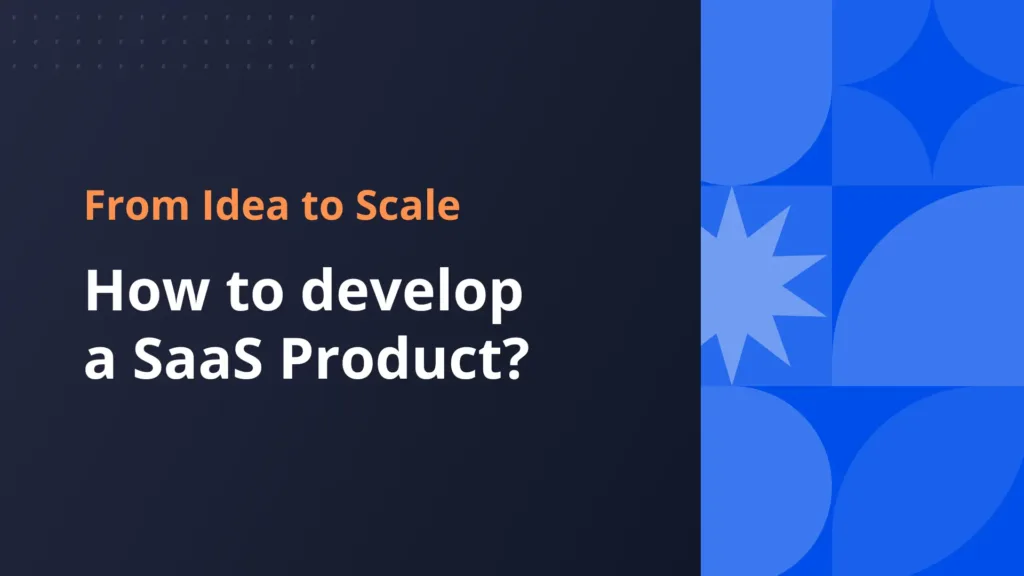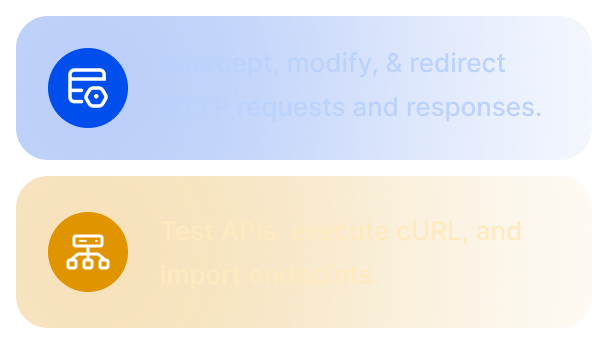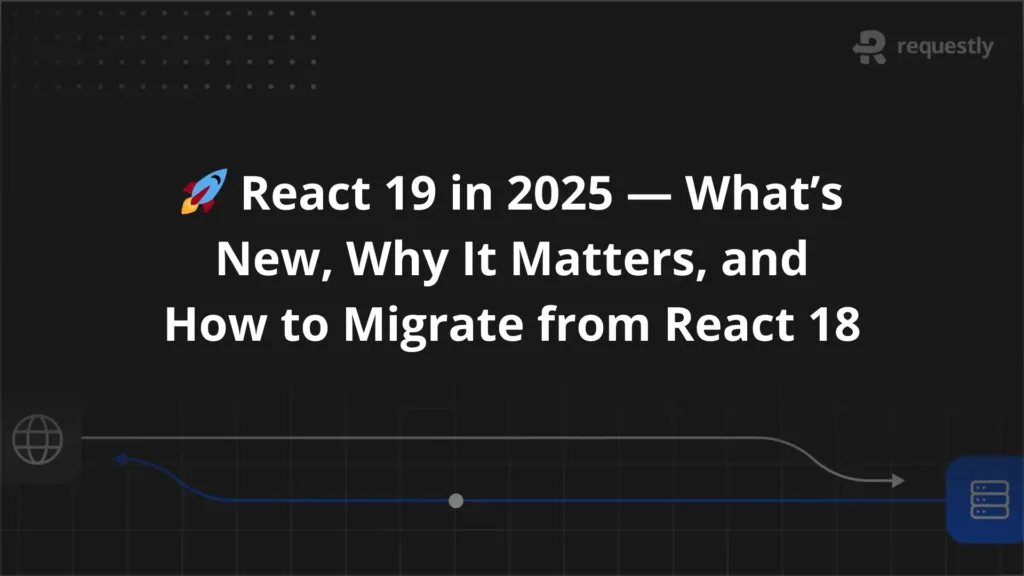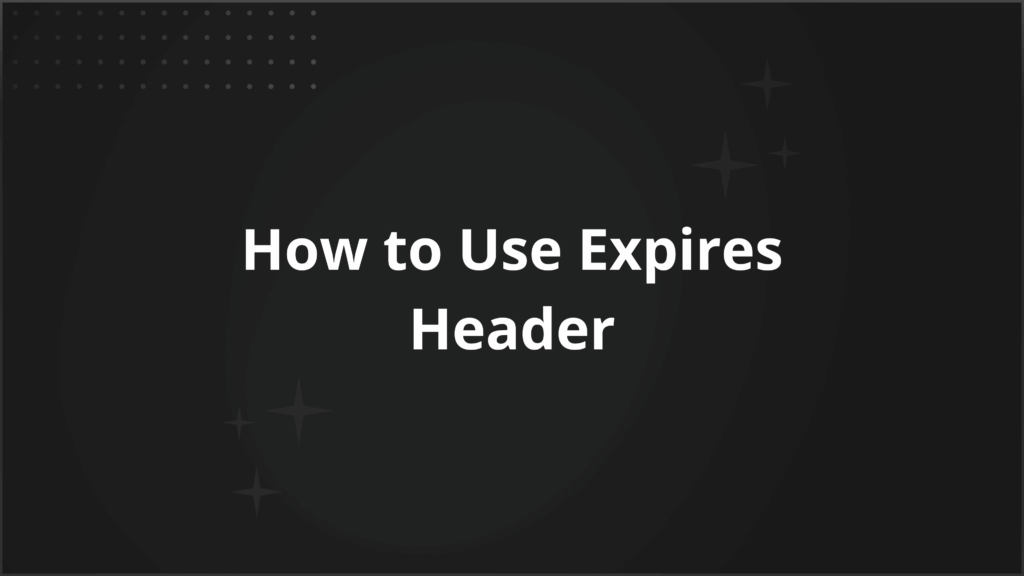How to develop a SaaS Product? From Idea to Scale

With the emergence of AI, SaaS Products are not getting outdated instead they are getting more powerful with it. Having experience in building a SaaS product, I can help you understand how to create one.
Let me walk you through the journey of a SaaS product from an Idea to a Successful Product, with insights and practical tips at every stage. Though this guide is a 10,000 ft view only, it will equip you with enough knowledge to easily drive through it.
I. Ideation and Validation
Every product starts with an idea, either you are solving it for yourself or you see someone struggling with it regularly. The success of the SaaS product is somewhat related to the intensity and frequency of the problem. If it’s bugging once a month and has a workaround that needs a few hours, do you think someone will pay for it?
- Brainstorm & Identify: Use techniques like SWOT analysis and customer journey mapping to uncover gaps in the market.
- Validate Early: Write down your core idea on a page — capture the problem, proposed solution, and a preliminary business model. Next, talk to potential customers, conduct surveys, and interviews, or even create a simple landing page to gauge interest.
II. Planning and Architectural Design
Once you’ve validated your idea, it’s time to get your hands dirty. Plan the technical and business strategy that will drive your startup.
- Define Your Business Model: Find similar players in the market and see which type of model they are following(freemium, subscription, or usage-based pricing model), in most of the cases you start your experiment with the same model.
- Map Out Your Architecture: Do not over-engineer here, keep the architecture lean and as basic as possible. Draw a simple diagram of your planned system and select your technology stack—languages, frameworks, and cloud providers.
- Cost Management Strategy: Outline measures to control expenses. Regularly review vendor contracts and spending. (For instance, platforms like Spendbase can offer insights to optimize SaaS costs.)
III. MVP of SaaS Product
The Minimum Viable Product (MVP) is often misunderstood. It’s the product that is able to solve the primary problem only, not very polished, not very efficient, just demonstrates that it solves the core problem. Expansion of MVP will be derived using customer feedback and experimentation.
- Focus on Essentials: Build only the features that are critical to solve the core problem. Don’t get sidetracked by “good-to-have” features in MVP.
- Integrate Tools Early: Use version control, CI/CD pipelines, and API integrations to streamline development.
Tip: Launch a beta version of your MVP to a limited audience. Use feedback collected from early adopters and refine your product. Tools like Requestly can help with API testing and debugging during this phase.
IV. Launch and GTM
Once your product can solve the core problem, and your early adopters are using it regularly, it’s time to launch and get more users to use your product. There are multiple GTM Strategies, that depend on the nature of product and the way you want to try them first, eventually, you will try all the GTM strategies and stick to the one that generates the most results for you.
GTM Strategies for SaaS Product
- PLG + Inbound SEO → Best for B2C and self-serve SaaS (e.g., Canva, Zoom).
- Outbound Sales + ABM→ Best for Enterprise SaaS (e.g., Salesforce, Snowflake).
- Partnerships + Affiliate → Best for SaaS with integrations & referral incentives.
- Community-Led Growth → Best for SaaS products with strong engagement potential.
Launch
- Plan your launch on multiple platforms, just search “product hunt alternatives” and launch your products on all of these platforms, messaging, and media are generally reusable across all the platforms.
- Plan to give a launch offer to further accelerate the launch.
Measure
- Monitoring becomes your special tool from this point onwards, every decision you make will be derived from the metrics.
- Define KPIs like customer acquisition cost, engagement metrics, activation rates & retention rates.
- Use these metrics to adjust your strategy in real-time.
Tip: Organize a soft launch or pilot program that allows you to test your marketing messages and product-market fit on a small scale before a full-scale launch.
V. SaaS Product PMF and Iteration
Product-Market Fit doesn’t have as clear a definition as the word PMF sounds. Different people define it differently. But I heard it somewhere and totally agree with it till today that you achieve a PMF when you have 10 customers that do all these 3 things — pay you, give you feedback, and refer you.
- Gather and Act on Feedback: Use customer interviews, usage data, and support chats to understand where your product meets expectations—and where it falls short. For example, a similar query coming from multiple users asking about how to use a particular feature means there is a gap in the product. It can be in onboarding, product experience, or docs.
- Iterate Rapidly: Continuously refine features and improve the user experience based on feedback. Set up a regular cadence for product updates (e.g., weekly, bi-weekly, or monthly).
VI. Growth and Scaling
Once you’ve achieved product-market fit, it’s time to scale — Grow your user base and scale your product to support those users.
Growth of a SaaS Product
- Identify ICP: Remember those 10 customers I mentioned in PMF. Learn as much about them as you can, where they hang out, what they aspire to, how they search, where they live, how they solve problems, and where they seek help.
- Growth Process: Growth is all about experimenting with new ideas, measuring impact, refining, scaling success, and repeating.
- Growth Framework: Breakdown growth in these steps – Awareness, Acquisition, Activation, Retention, Revenue & Referral. Search about AAARRR growth framework. This will help in establishing above process for all the steps.
Tip: Always keep a balance between activities based on their short-term and long-term result.
Scale
- Setup Monitoring: Set up enough metrics and alert systems to monitor the performance of the system 24/7.
- Scalable Infrastructure: Set up your infrastructure that scales automatically based on the load. At this stage consider CI/CD, Scalability, High Availability, Latency & disaster recovery(DR) to create a war-ready infrastructure.
VII. Conclusion: Your Roadmap to SaaS Success
This framework for developing a SaaS Product will guide you through your journey in navigating through the tough terrains of building a successful Product and Startup.
Create a checklist based on these stages, begin with a small pilot project to test your concept, and gradually invest in scaling. Focus on learning and iteration on each step, don’t stick to one idea if it’s not working out, dump it, and start working on a new idea.
If you work with APIs consider using Requestly for API development, API testing, and debugging. Requestly is useful for front-end developers, QAs, Backend Developers as well as Sales teams in SaaS products use Requestly.
Contents
Subscribe for latest updates
Share this article
Related posts





















